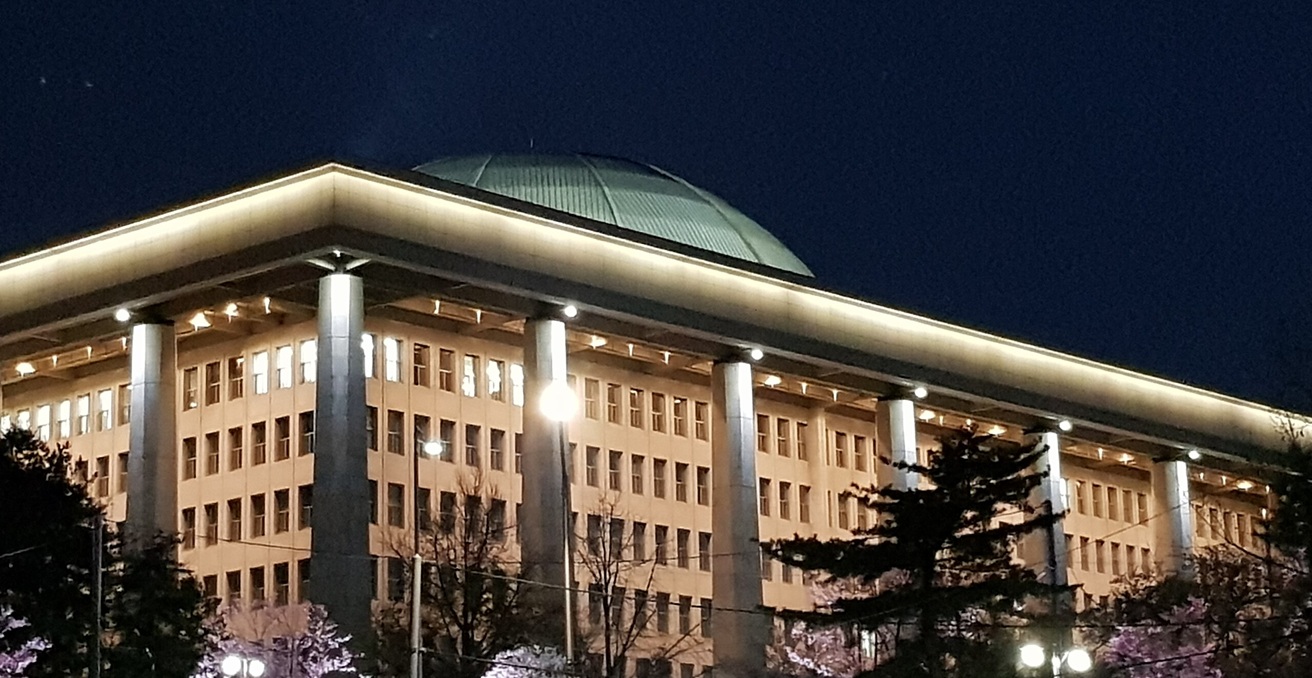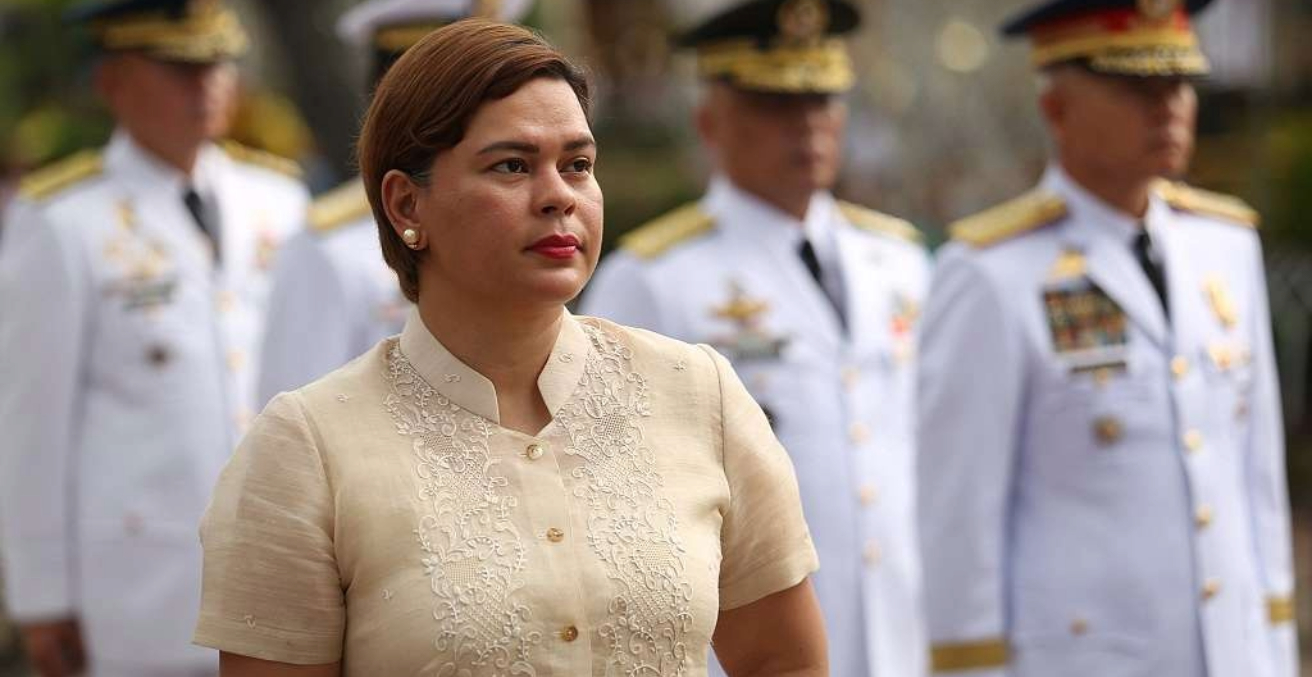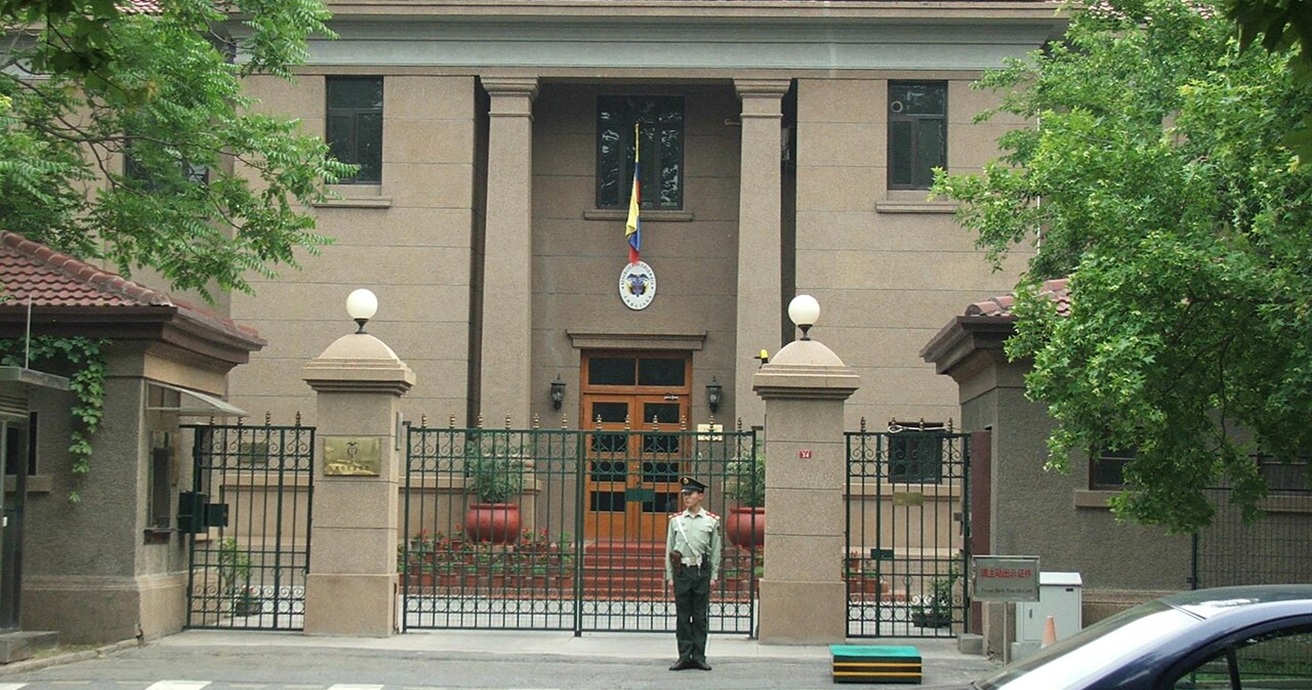Shanghai has entered a strict lockdown. As China’s economy takes a hit, will Xi Jinping concede his COVID-19 strategy needs adjustment?
The lockdown in Shanghai came as a surprise to many of Shanghai’s 25 million residents, as well as to outside observers. The Shanghai government had previously tried to walk a fine line between China’s rigid zero-COVID-19 strategy and maintaining Shanghai’s operation as China’s international hub. While the zero-COVID-19 strategy is regarded by many as an obsolete solution that no longer works against the Omicron variant, the Chinese government is not ready to significantly loosen the restrictions and open up, even though the lockdown in Shanghai has brought significant costs to China and the rest of the world.
Lockdowns in China are drastically different from those in Melbourne or New York City. Almost all residents are forbidden to leave homes even for grocery shopping. In the meantime, less than ten percent of transport and logistics workers can obtain permits and work properly. Furthermore, strict exit and entry restrictions are imposed on the municipal border of Shanghai, further squeezing the capacity of logistics delivery to a minimal level. The lockdown in Shanghai caught many residents by surprise— especially younger generations who had little experience of food insecurity and trust the government — leaving them little time to hoard food and household goods. As portioned food delivery from the government is limited, Shanghai residents went into austerity modes, spending hours sourcing groceries on heavily jammed online shopping apps, some even bartering for food and goods.
Another draconian aspect of China’s lockdown policy is its prohibition on home quarantine. Instead, even asymptomatic “patients” are transported by designated vehicles to stay at makeshift hospitals until they return a negative PCR test. Conditions in many of these hastily built makeshift hospitals are horrendous, and there are simply not enough makeshift hospital beds to keep up with the new cases. Indeed, for the last week, Shanghai has had over 20,000 a day.
The Chinese government’s zero-COVID-19 strategy has created an absurd situation under the Omicron wave. While over 99 percent of the positive cases have mild or no symptoms, they have occupied valuable resources such as hospital beds, medical workers, and transport capacity. Mandatory mass PCR testing across the city has created even more chances for COVID-19 infections. Medical workers and transport capacity for other patients, however, have been under constant shortage. The requirement of a PCR test result for receiving hospital treatment makes other patients’ situations even worse. One tragic example of this happened to Shanghai-based Taiwanese economist and TV commentator Larry Lang, whose 98-year-old mother died waiting for a COVID-19 test result ahead of treatment for kidney disease.
Both the domestic and global supply chains are at risk after weeks of lockdown in Shanghai. The closed municipal border and restrictions on trucks and drivers have incapacitated thousands of plants in Shanghai. Shanghai is home to the world’s busiest port and is one of China’s main industrial and financial hubs. The nearby Yangtze River Delta has been a major dynamo of China’s economic growth for decades.
In late March, car manufacturers such as Tesla, Volkswagen, and NIO suspended production, and it will take a while to resume full production. The impact is also highly relevant to businesses and consumers around the world. For instance, a flash survey shows that almost half of German businesses’ logistics, warehousing, and supply chains were “completely disrupted or severely impacted by the current COVID-19 situation in China.” The situation may further deteriorate if China maintains its rigid zero-COVID-19 strategy and the country’s other major industrial and commercial hubs, such as Guangzhou and Hangzhou, also enter lockdown.
As Shanghai has tallied around 300,000 positive COVID-19 cases by 20 April, and as case numbers increase each day, the strategy of building more makeshift hospitals will soon fail. The Shanghai government may adjust the zero-COVID-19 strategy by allowing asymptomatic cases to quarantine at home. Nevertheless, it may take much longer for the Chinese government to give up the zero-COVID-19 strategy. China’s low death number and mortality rate after the Wuhan outbreak ended have been the main talking point of the official propaganda and Xi Jinping’s primary achievement in the past few years.
Concerned about the alleged side effects, China has been reluctant to boost vaccination rates among its senior citizens, who are particularly vulnerable to COVID-19 viruses if unvaccinated. Most Chinese senior citizens remain sceptical about the vaccines. Such citizens are also retired and no longer affiliated with employers, who been assigned the responsibility of boosting vaccination rates by the Chinese government. As such, it could easily take months for China to achieve a high vaccination rate among the elderly. More importantly, in order to secure his third term and minimise uncertainties before the 20th National Congress of the Chinese Communist Party (CCP), which is scheduled to take place in October or November, Xi has very few reasons to make a radical shift. The resource-consuming zero-COVID-19 strategy is at least successful in minimising COVID-19 deaths, while relaxation will certainly cause even more cases and potentially, social unrest.
Although both the number of avoidable deaths and Shanghai residents’ discontent caused by strict COVID-19 rules are mounting, there are few reasons to believe that the Chinese government will change its COVID-19 policies simply because of public grievances. Collateral deaths caused by strict COVID-19 restrictions are not counted by official and published statistics, thus excluding them from Chinese officials’ assessment and ordinary people’s common knowledge. The posts and videos about the situation in Shanghai have been censored, and large-scale collective actions against the zero-COVID-19 restrictions are almost impossible to organise in China. H
owever, the government’s terrible response has unexpectedly created room for self-governance across residential communities. Grassroots CCP organisations and residential committees — government-endorsed organisations in charge of community affairs— that are seriously understaffed and poorly motivated have been overwhelmed by food delivery, the transport of COVID-19 cases, and organising mass COVID-19 tests. Many of their duties, especially procuring food, have been taken over by “group buying leaders’’ (tuanzhang) who spontaneously emerged and organised residents to buy bulk groceries and meals amid lockdown restrictions.
The only reason that may convince Xi to change plans is the economy. Although Xi is China’s most powerful leader since Deng Xiaoping, poor economic output may still jeopardise the prospect of his third term. China’s economy recorded an impressive annual growth of 8.1 percent in 2021, but the momentum has been slowing down since the fourth quarter, where growth was a mere four percent. Economists recently estimated that a full-scale lockdown on a major city such as Shanghai or Beijing would reduce the GDP growth by four percent, which could bring the annual growth of 2022 to nearly zero. However, Xi, who is highly obsessed with minimising risks and defending his medal of COVID-19 response, may not be fully convinced about the link between the zero-COVID-19 strategy and the worsening economic output until concrete monthly, or even quarterly figures, are in.
The costly lag in gathering and processing information recalls memories of another well-known moment in Chinese history. Mao Zedong was not convinced about the failure of the Great Leap Forward until mid-1960, months after the abysmal harvest of 1959 was reported and the famine began to spread. Amid the Ukraine War, China’s prolonged zero-COVID-19 strategy may disrupt its economic growth and create additional strains to the global supply chain.
Fengming Lu is a lecturer in the Department of Political and Social Change at the Australian National University. He specialises in authoritarian politics, the role of information in politics, political economy, and elite politics in China.
This article is published under a Creative Commons License and may be republished with attribution.




